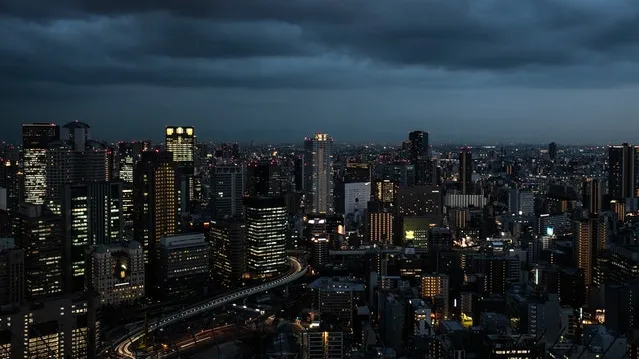
Osaka office vacancy rate stable at 3.4% in Q2
No new projects were completed during the quarter.
Net absorption in Osaka’s office property market totalled 600 sqm in 2Q23, according to a JLL report.
A return to normal activities in the post-COVID-19 era stimulated demand for office spaces, especially among the manufacturing, wholesale and retail trade, scientific research, and professional and technical services industries. On the other hand, government-related tenants terminated space that was used to satisfy temporary demands during the pandemic.
Here’s more from JLL:
No new projects entered the market in 2Q23.
The vacancy rate remained at 3.4% in 2Q23, unchanged q-o-q and decreasing 10 bps y-o-y. For some buildings, despite the lower vacancy in some buildings due to the increase in tenant leasing activities, large vacancies were observed in others.
Cap rates remain flat while rent declines slightly
Gross rents averaged JPY 22,374 per tsubo, per month, at end-2Q23, decreasing 0.2% q-o-q and 2.2% y-o-y. Some landlords lowered asking rents to achieve higher occupancy more promptly.
Capital values decreased 0.2% q-o-q and 3.4% y-o-y in 2Q23, reflecting the rent decline. Cap rates were flat. There were no transactions for Grade A office buildings during the quarter.
Outlook: Rents slightly decline while cap rates hold flat
According to the Oxford Economics forecast as of June, Osaka’s real GDP is expected to grow by 0.8% in 2023. Downside risks include weak global demand affecting Japanese exports and manufacturing.
The vacancy rate is expected to rise moderately with a slight decline in rents as no new supply is due in the latter half of 2023, while large supply in 2024 is expected to cause vacancy to rise and rents to drop sharply. Despite the falling rents, cap rates are projected to remain almost flat as strong demand is concentrated on good properties that sell well.
Note: Osaka Office refers to Osaka's 2 Kus Grade A office market.



















 Advertise
Advertise




